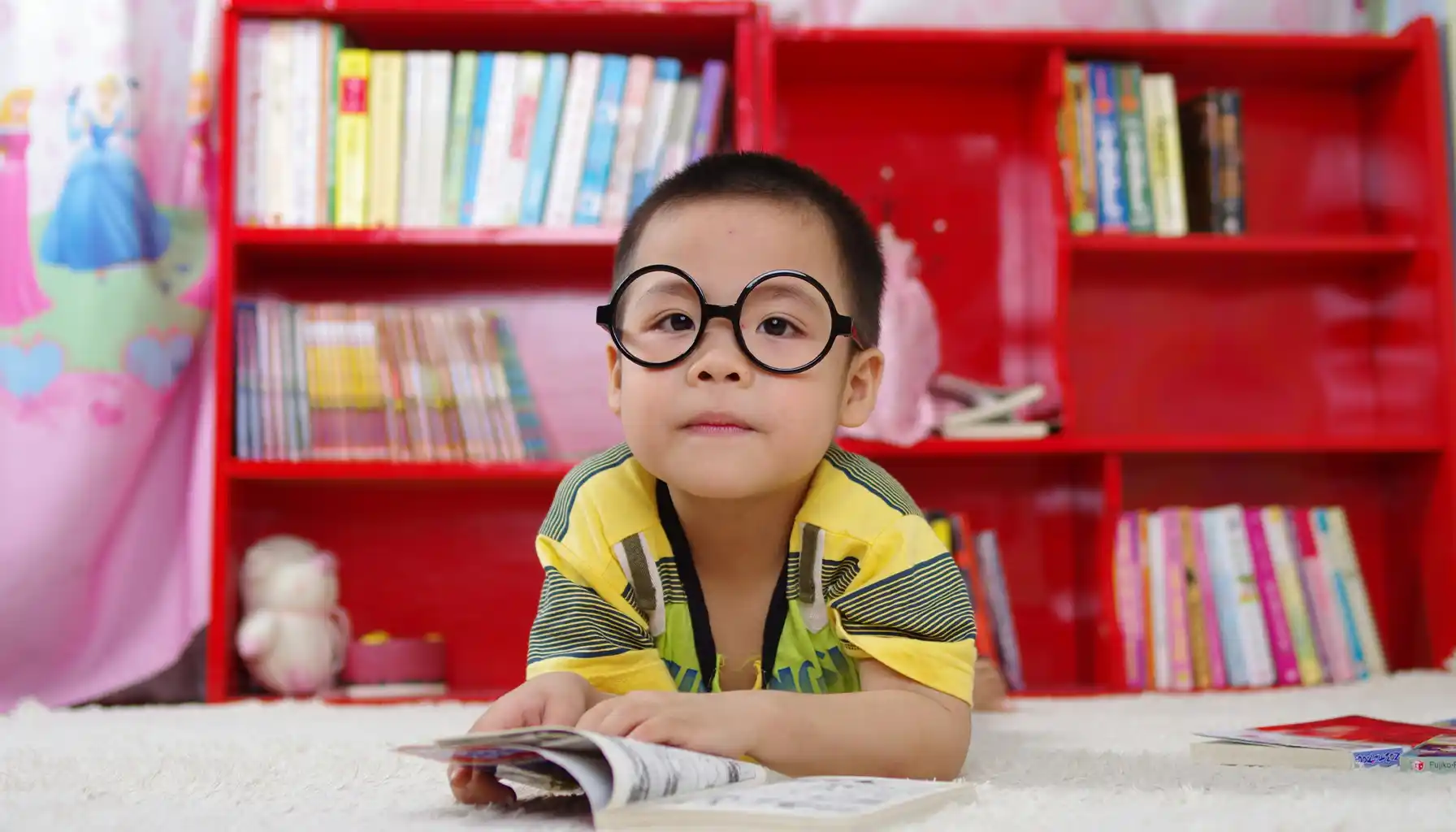Contents:
Children are noise, movement, endless “why's” and spontaneous dancing on the kitchen table. But when a child can't concentrate even on his favorite game, gets mad or angry over the smallest thing, or doesn't seem to hear you at all, you can't help but think: what if it's ADHD symptoms in young kids, rather than just a temper or childish spontaneity
Many parents face this worry - especially if there is a child growing up who doesn't fit into the patterns. So, the question invariably arises: could it be symptoms ADHD in kids? And how not to miss the moment when help is needed?
To understand what are symptoms of ADHD in kids, you should look not only at behavior, but also at details. Sometimes the first clues are in the smallest things. And also in how the child reacts to structured activities, such as online memory games for kids, which can help not only to develop attention, but also to identify difficulties with concentration. Today we talk about ADHD symptoms in kids treatment varieties available and what can be blamed on energy and what is really a red flag.
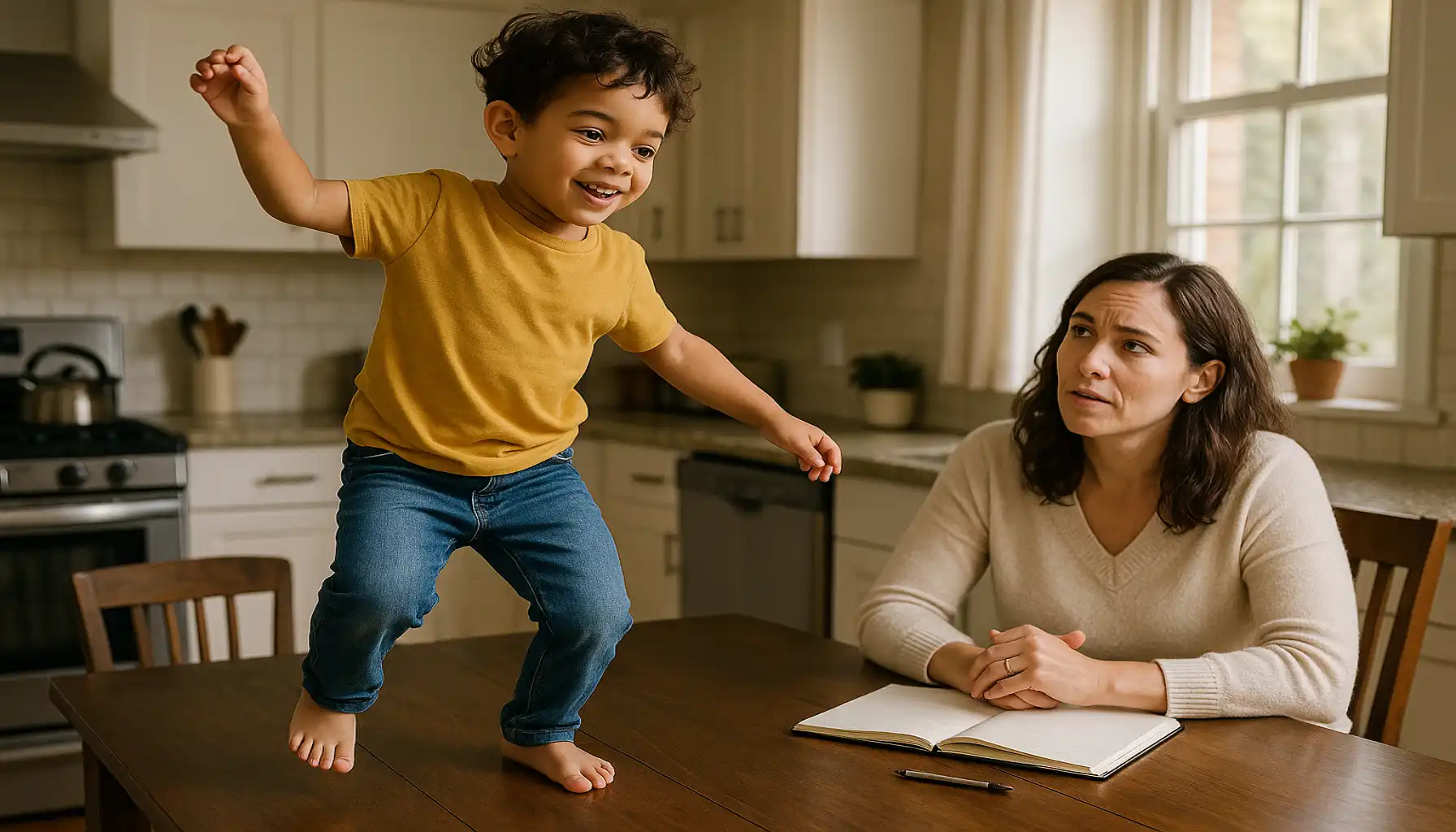
ADHD, Signs and Symptoms of ADHD in Kids: Simply about Complicated
Well, first things first. ADHD is not a trendy diagnosis, a “lazy excuse” or a “bad temper”. It is a neurodevelopmental disorder in which the brain actually has difficulty focusing, regulating behavior, and controlling impulses. Parents often search for an answer to the question: what is ADHD symptoms in kids, but there is no one-size-fits-all list. Some children become uncontrollably active, while others become self-absorbed.
The hardest thing for parents in this case is to understand what is going on. Because what are the symptoms of ADHD in kids depend on the age, environment and even gender of the child. For example, ADHD symptoms in kids boys are often striking - they are active, noisy, impulsive, argumentative, forward, interruptive.
The situation with ADHD symptoms in kids girls is different: they are much more likely to hide behind an outward “docile” and “quiet” appearance, especially at school. As a result, symptoms of ADHD in kids girls may be noticed only when secondary problems - anxiety, fatigue, and withdrawal - appear.
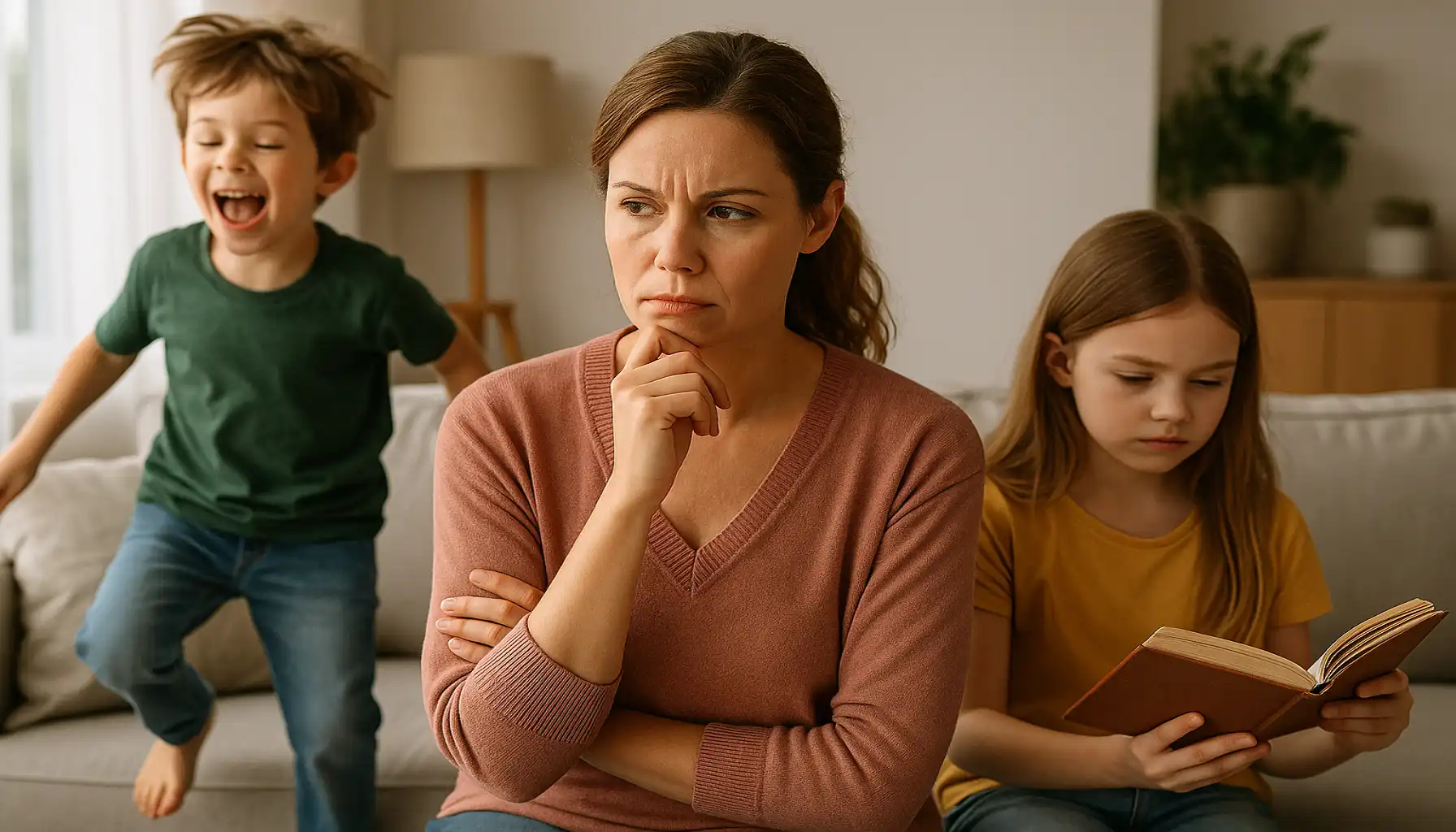
All these signs grow with the child - changing, masked, but continuing to affect learning, relationships and self-esteem. Some may become irritable, some may become anxious, some may become withdrawn.
But please remember that ADHD is not a sentence, nor is it a label. It is a signal to support your child: to understand, to notice, to act. Because behind the diagnosis there is always a personality - and it has potential.
ADD vs ADHD Symptoms in Kids
ADD (Attention Deficit Disorder) is a term used to describe a child who was “inattentive” without hyperactivity. Such children were said to be “cloudy”: they had problems with concentration, forgetfulness, but no violent behavior.
Today ADD is officially considered a subtype of ADHD and is used only as a household term. In modern diagnostics there are different forms, e.g., inattentive ADHD symptoms in kids, or diagnosing anxiety symptoms in kids with ADHD, but the general diagnosis remains the same - ADHD.
Symptoms for ADHD in Kids: Details to Know
Sometimes kids are just restless, stubborn and boisterous. But if this interferes with learning, socializing and life, you may have ADHD in kids symptoms. They vary greatly depending on age: while ADHD signs in kids 4 years old may be limited to mobility and restlessness, teenagers face more serious problems and anxiety. Let's take a look at what parents should watch out for at each stage.
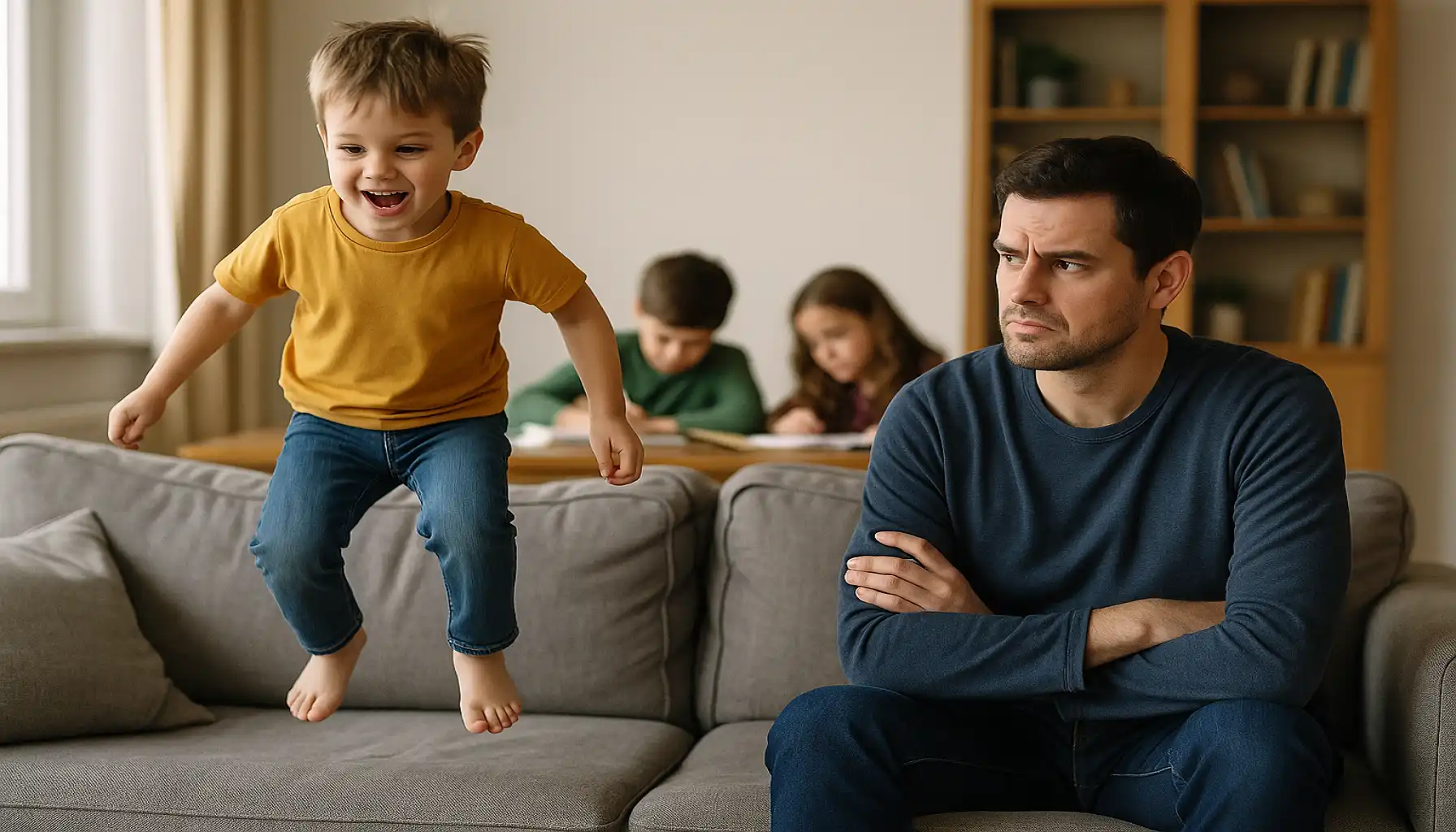
2–4 Years
ADHD symptoms in children 2 years old (and about) are especially pronounced - because they already have the first social requirements: rules, order, requests. But a child with ADHD has a hard time with all this.
Possible symptoms | What's important to consider |
Doesn't sit still for a minute | Constant movement even among quiet children |
Ignores requests | It's not disobedience, but a scattered attention span |
Outbursts of anger, aggression, tantrums | Perhaps these are the same ADHD symptoms in kids anger, especially in response to restraints |
Problems in the daycare center | Difficulty with adaptation and socialization is one of the most obvious ADHD symptoms in kids 3 years old. |
Keep in mind that the symptoms of ADHD in kids boys of this age are pronounced, so it is important to know what are ADHD signs in children and to be able to distinguish them from the “crisis of three years”. All you need to do is pay attention and don't panic. If the behavior is very out of the age norm, it is worth consulting.
5–7 Years
When learning begins, it becomes clear that it is difficult for the child. Children are intelligent and inquisitive, but ADHD symptoms in children 6 years old often appear when kids need to be diligent and attentive, and the system does not forgive this.
Possible symptoms | What's important to consider |
Does not complete assignments, forgets instructions | Difficulty with self-regulation, not laziness |
Distracted by any sound | Can't hold attention |
Anxiety, fear of punishment | May increase over time |
Loses things, forgets notebooks | Chronic problems with organization is the key one among ADHD displays in children 5 years old |
By the way, autism and ADHD symptoms in children often overlap - especially with high sensitivity to sounds, changes and disruptions in routine. This is why it is important to observe them together.
8–12 Years
At this age, the child has already developed learning skills, has certain responsibilities and a heavy social load. And if earlier this neurodevelopment was expressed as a rule through emotional difficulties and school failures, now children learn to behave “properly”, but the efforts are given to them at the cost of huge inner fatigue.
Possible symptoms | What's important to consider |
Struggles for a long time before starting a task | May appear lazy, but in reality doesn't know where to start |
Rapid mood swings | Emotions are often out of control by the end of the day |
Tired of school, especially mentally | Disguises effort, but burns out internally |
Feels “inferior” to others. | Anxiety and insecurity grows. |
ADHD Symptoms in Kids Checklist: Simple Markers of These Conditions
If you notice that your child's behavior is regularly out of the age range, it may be time to take a closer look. This checklist will help you understand what signals you should not ignore. It's not a substitute for a diagnosis, but it can be a first step.
Behavioral issues | Yes (+) | No (–) |
Child can't sit still for long | ||
Constantly distracted, can't concentrate | ||
Often interrupts, doesn't wait for his/her turn | ||
Doesn't listen when spoken to | ||
Doesn't finish what he/she has started, loses interest | ||
Emotional outburst, easily upset | ||
Loses things, forgets instructions | ||
Difficulties at school or in class | ||
Problems communicating with children | ||
Behavior differs from peers | ||
Total Score |
|
|
Test Results
Now it's time to summarize the results of this test:
0-3 pluses: most likely you just have an active child with a bright temperament.
4-6 pluses: pay attention - there are signs, it is worth observing and discussing with teachers.
7-10 pluses: high probability of signs of ADHD. It is better to consult a specialist - pediatrician or child neurologist.
If the child also has peculiarities of perception, strong sensitivity to change or routine, it is important to consider that ADHD signs with autistic children may overlap - especially at the behavioral level. In this case, a more in-depth diagnosis with specialized specialists is needed.
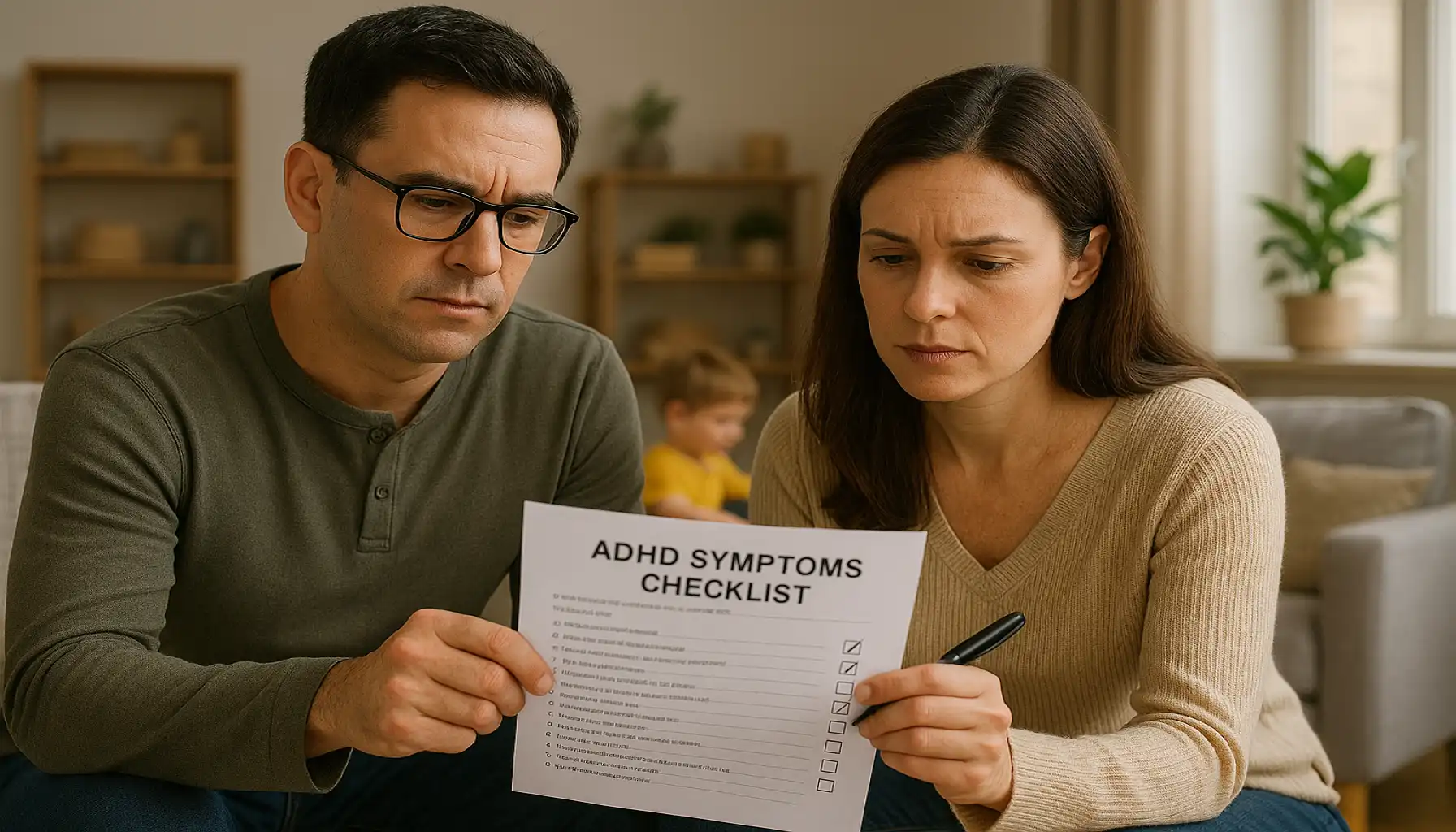
Where to Find Support and What You Can Try at Home
Support for ADHD is not only about treatment. It is daily care and patience from adults. School, family, environment - everything plays a role. It is very important not to isolate the child, but to help him adapt to the situation.
And here you should use soft but effective tools - digital games and practices that develop attention and memory. For example, the Mind Elevate app offers a neuro attitude through game exercises designed specifically to develop focus and cognitive flexibility. It's not a miracle pill, but a valuable aid to daily practice.
In addition, it will help with:
a clear daily regimen,
clear and friendly instructions,
praise for effort, not just results,
visual cues and timers,
calm feedback, not criticism.
Most importantly, don't try to “remake” or “fix” your child. But learn to notice his strengths and create an environment where he will be comfortable growing up. And yes — some days will still be hard. There will be tired evenings, forgotten homework, and emotional rollercoasters.
But there will also be progress: the moment your child finally focuses for ten whole minutes, smiles after solving a task, or calmly asks for help. These are not little things — they are steps toward balance. And your support is what makes them possible.
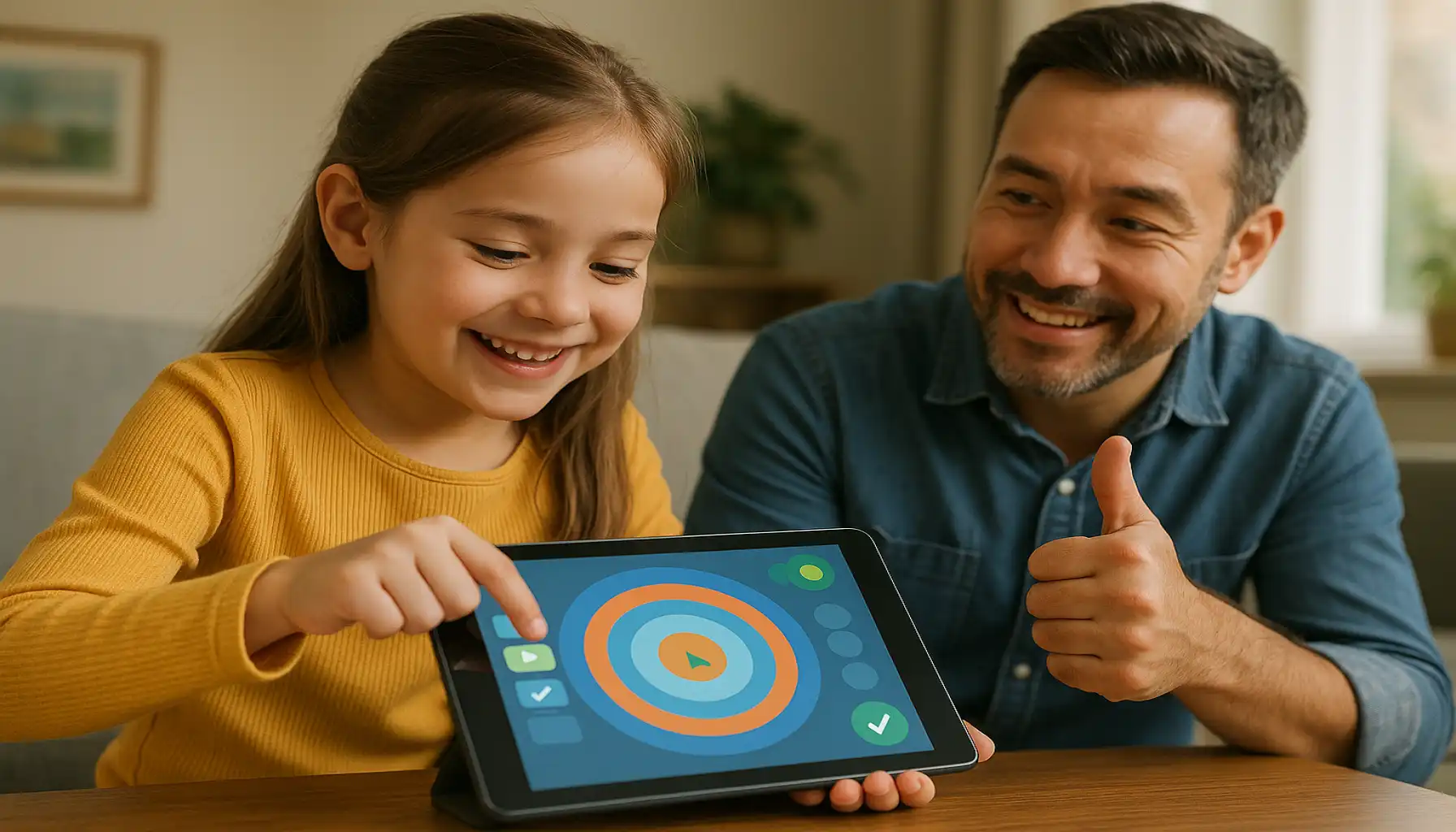
What Is Next?
ADHD is not a sentence, a label, or a fault. It is just a different brain setting that requires special attention. And remember, ADHD doesn’t cancel out a child’s talents — it just changes the way they shine. So, don’t rush the process: watch, listen, and walk beside them — and you will see how much potential lives behind the distractions. And finally, note that you as a parent don't have to be experts - just attentive, open-minded and willing to learn with their child. And the rest is a matter of time, love and the right tools.



